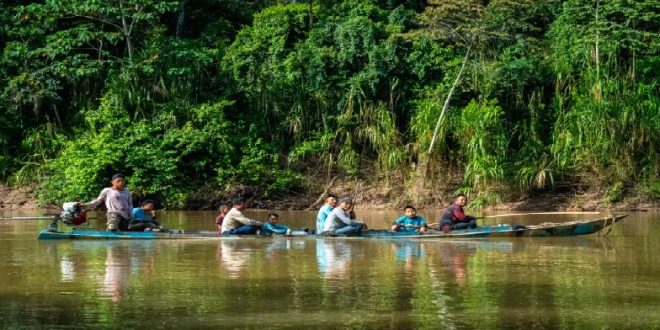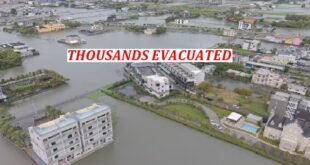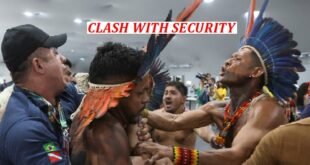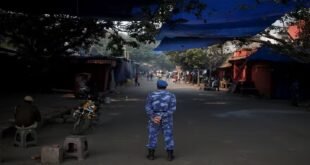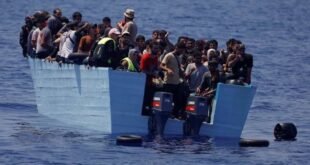01-10-2024
BALTA, PERU: On an overcast afternoon in April, Nolasco Torres and Freddy Capitan navigate their canoe along a jungle-veiled ravine. Along the route, they scrutinize the creeping understory for footprints and broken branches telltale signs of the imminent return of isolated tribes in this cutoff region.
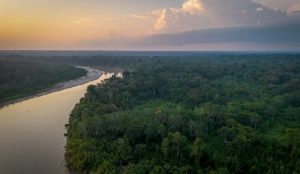 After rounding a bend, they steer their boat towards Nueva Vida, a tiny Indigenous hamlet hidden within Peru’s eastern Amazon, some 100 kilometres (62 miles) from the Brazil border.
After rounding a bend, they steer their boat towards Nueva Vida, a tiny Indigenous hamlet hidden within Peru’s eastern Amazon, some 100 kilometres (62 miles) from the Brazil border.
“When this ravine dries, they’ll make contact here,” Torres says. “Summer is coming. We have to make sure our communities are prepared.”
Torres, 47, and Capitan, 33, are Indigenous Huni Kuin fathers and community leaders. They are also friends and neighbors of Nueva Vida’s 30 villagers but they are not here to pay a social call.
Wearing khaki vests stitched with the letters “PIACI” (Indigenous Peoples in Isolation and Initial Contact), they are among 50 government-contracted, predominantly indigenous protection agents working for Peru’s Ministry of Culture. Their work has brought them to the Curanjillo Ravine, an epicentre of recent contact.
It was here, last August, during the annual droughts, when more than two dozen isolated Mastanahua suddenly appeared at the edge of Nueva Vida, naked and clutching bows and arrows. Alarmed villagers stood back as the group approached their homes, grabbing machetes, buckets and food before retreating along the dried-out ravine, back into the forest.
The tense interaction ended without violence. However, in recent years, a series of explosive encounters between isolated tribes and villagers in this remote region has generated an undercurrent of panic. As the annual dry season nears, remote streams will soon recede, setting tribes out in search of resources closer to larger, more populated rivers where contact with villages is increasing.
“We’re begging the state to intervene,” said Nueva Vida’s leader, Rafael Montes, 30, in April. “We sleep in fear at night. Our only defence is our shotguns.”
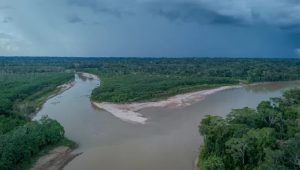 Torres and Capitan grimace at this allusion to violence. The state’s emergency protocols around these incidents instruct villagers to withdraw, remain calm and make a distress call to protection agents. However, these villages tend to lack secure refuge and means to contact assistance, which makes following the instructions almost impossible.
Torres and Capitan grimace at this allusion to violence. The state’s emergency protocols around these incidents instruct villagers to withdraw, remain calm and make a distress call to protection agents. However, these villages tend to lack secure refuge and means to contact assistance, which makes following the instructions almost impossible.
In June, two months after Torres and Capitan’s April meeting with villagers in Nueva Vida, a group of approximately 30 Mastanahua reappeared along the dry ravine and made a similar incursion into the village. This time, Montes and his entire community fled. Today, Nueva Vida stands abandoned. Its homes, crops and small primary school are slowly being reclaimed by the jungle.
In the heavily forested province of Purus, in the eastern Amazon rainforest, contact with some of the planet’s most isolated tribes is accelerating. The encounters are transforming the region into a troubling flashpoint of encounters with the Mastanahua and Mashco Piro tribes, which have rejected contact with the outside world for generations.
The situation is creating a powder keg, raising the spectre of deadly confrontation and driving the evacuation of entire villages. It has also prompted questions about the Peruvian state’s commitment to safeguarding the lives of some of Earth’s last isolated tribes amid increased invasion of their territory.
Experts say extractive industries, criminal economies and climate change are pushing them closer to villages, where they are exposed to various risks, including armed confrontation and contagion. (Int’l Monitoring Desk)
 Pressmediaofindia
Pressmediaofindia
